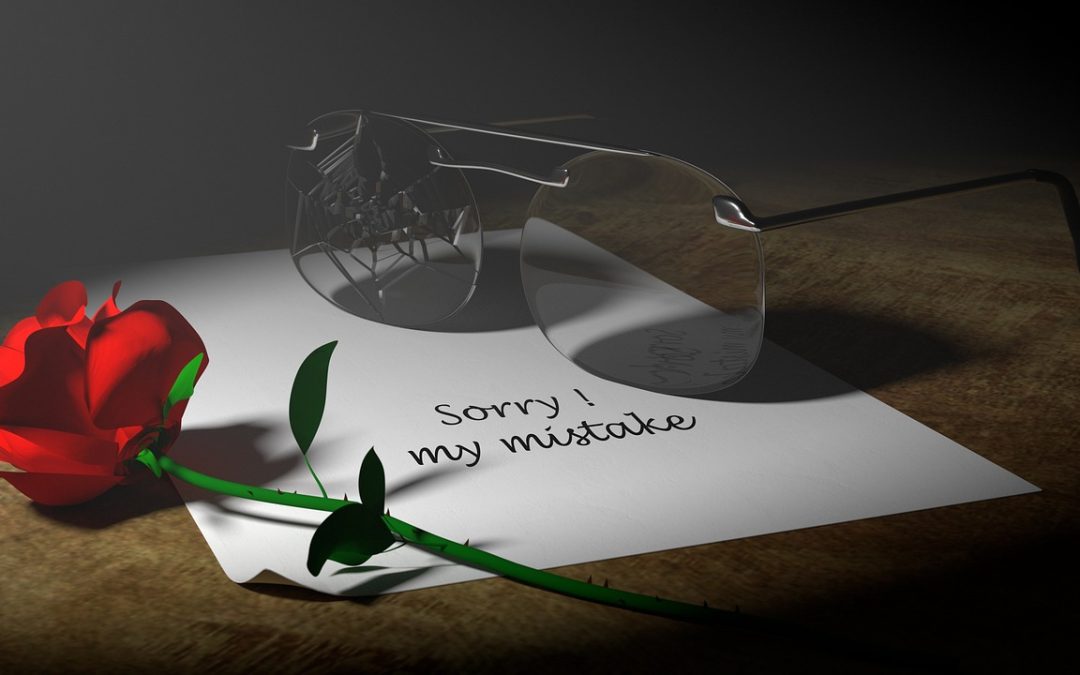As a poet, you’ve poured your heart and soul into crafting a collection of poems that tell a story, evoke emotions, and explore the human experience. Now, you’re faced with the daunting task of sharing your work with the world. Traditional publishing routes can be long, arduous, and may not offer the creative control you desire. That’s why self-publishing your poetry is an attractive option. By taking matters into your own hands, you can maintain artistic control, publish on your own terms, and connect directly with your audience.
In this digital age, self-publishing is no longer a taboo. In fact, many successful authors have chosen this path, including poet and novelist, Seth Godin, who has self-published several books, including poetry collections. With the right tools, resources, and guidance, you can join the ranks of successful indie authors and poets.
Why Self-Publishing is a Great Option for Poets>
Now that you’re convinced of the benefits, it’s time to get started. But, where do you begin?
Building Your Poetry Collection
Before you dive into self-publishing, ensure you have a solid foundation – a well-crafted poetry collection. Consider the following essential elements:
Theme: Identify a cohesive thread that ties your poems together, such as love, nature, or social justice.
Structure: Organize your poems into sections, or use other structural devices, like sonnets or free verse, to create a flowing narrative.
Edit and revise: Review your poems, making necessary revisions to refine your craft and perfect your poetry.
For more in-depth guidance on crafting a compelling poetry collection, check out our Chapbook Mastery: 5 Essential Elements article, packed with actionable tips and insights.
Once you have a solid draft, it’s time to think about the visual aspects of your poetry book.
DIY Book Design for Poetry
As a self-published poet, you’re responsible for the book’s design, interior layout, and formatting. Don’t worry; it’s easier than you think!
Choose a design template: Select a pre-made template, like those found in Canva or Adobe InDesign, to simplify the design process. For a more polished look, use design software like Vellum, which is specifically tailored for book design.
Consider the paper type: Opt for high-quality paper, like 80-100 gsm, which will enhance the reading experience and make your book more durable.
For a comprehensive guide to DIY book design, check out the DIY Book Design Blueprint for Indie Authors, covering essential design principles, software, and best practices.
Now that you’ve tackled the content and design, it’s time to share your work with the world.
Self-Publishing and Beyond
Once your book is ready, you can self-publish through platforms like Amazon Kindle Direct Publishing (KDP), CreateSpace, or IngramSpark. These platforms offer varying levels of distribution, marketing, and promotional tools to help you reach your target audience.
“The best way to get your work seen is to put it out there. You can’t control how people will react, but you can control how often you put your work out into the world.” – Austin Kleon
“The best way to get your work seen is to put it out there. You can’t control how people will react, but you can control how often you put your work out into the world.”
In conclusion, self-publishing your poetry is a viable, empowering option that allows you to maintain artistic control, publish on your own terms, and connect directly with your audience. With the right tools, resources, and guidance, you can join the ranks of successful indie authors and poets. For more inspiration and practical advice, check out our comprehensive guide, Chapbook: Write, Design, Thrive, covering the entire chapbook creation process.
So, what are you waiting for? Share your poetry with the world, and let your words make a lasting impact!

